Chinese artisan Chen Guowen: his Yin Hao Jian is as noble and glamorous as a princess of a kingdom!
Looking back at the long river of time, during the peak of tea culture development in the Song Dynasty, tenmoku stood out among all ceramics and was known as the sacred artifact of tea ceremony. Countless literati and scholars pursued and praised it. Even Emperor Huizong of Song personally wrote and spoke about it, as recorded in the "Da Guan Cha Lun": "The color of the tenmoku should be blue-black, and the ones with jade-like stripes are the best." Looking back to those years, "the king and the people drinking from the same tenmoku, and scholars and officials enjoying the same pleasure," what an unprecedented grandeur it was!

During the Song Dynasty, when tenmoku dominated the ceramics scene, Yin Hao Jian undoubtedly stood out as one of the finest. Its appearance resembles rabbit fur, vivid and lifelike, with delicate and intricate patterns fully displayed. The glaze surface is smooth and warm, with frost-like patterns shining and complementing each other. The colors of its veins are unique and elegant, and the texture reveals a subtle and mysterious natural color. It is not surprising that Emperor Huizong of Song, who was accustomed to seeing the finest treasures, was enamored with it and praised it endlessly.
After a thousand years, today, the lost treasure has been reborn after nearly 800 years, and generation after generation of tenmoku artisans are reviving the ancestral tenmoku culture to its former glory, and Chen Guowen is one of them.
As a native of Shuiji Town, Jianyang District, Nanping City, Chen Guowen has been fascinated by the tenmoku culture since he was a child. Chen Guowen's aunt lived next to a kiln, and every time he went to her house, he would bring his younger brother and listen to the stories told by the elderly about tenmoku. It was under such influence that the young Chen Guowen's heart began to sprout a budding seed, and the word "tenmoku" was deeply engraved in his heart.
In September 1979, a research group consisting of the Central Academy of Arts and Crafts, the Fujian Provincial Science and Technology Commission, the Fujian Light Industry Institute, and Jianyang Ceramics Factory was formed to revive the ancient craft of tenmoku, which had been lost for hundreds of years. In 2011, the "Jian Kiln tenmoku Firing Technique" was listed in the national intangible cultural heritage list.
"At that time, I was so obsessed with tenmoku that I would forget to eat and sleep. My favorite thing to do was to go to various kiln sites to watch the masters firing tenmoku."
Due to his passionate love for tenmoku, Chen Guowen had the idea of firing tenmoku himself. However, at that time, the tenmoku craft had just been revived, and there were not many masters who could fire tenmoku. Therefore, Chen Guowen bought a small kiln and tried to fire tenmoku by himself. For more than 200 days out of the 365 days in a year, he tried tirelessly without any guidance from a master, relying only on his passion and love for tenmoku. However, the tenmoku he fired was not ideal and had many flaws.
Perhaps it was his persistence, or perhaps it was fate. By chance, Chen Guowen had the opportunity to meet Master Que Meijiao, and with his unwavering persistence and passion for tenmoku, he eventually impressed Master Que Meijiao.
The appearance of his mentor changed Chen Guowen's path in the tenmoku craft. Every time he fired tenmoku, Chen Guowen would immediately seek advice from his mentor. With the guidance of Master Que Meijiao, Chen Guowen's tenmoku firing techniques improved rapidly, and the tenmoku he fired became increasingly beautiful.
Talking about his specialty Yin Hao Jian, Chen Guowen sighed and looked back with emotion, "Once, I didn't control the kiln temperature well and intended to fire oil drop patterns, but it turned out to be Yin Hao patterns. I found that Yin Hao patterns are more distinctive and can better reflect the charm of old tenmoku, so I dedicated myself to researching the firing techniques of Yin Hao patterns."
tenmoku is naturally formed, and its kiln variation patterns also have a certain degree of randomness, hence the saying "one color when fired, but ten thousand colors when out of the kiln". Chen Guowen's affinity with Yin Hao Jian is also a kind of gift from heaven.
Yin Hao patterns are not easy to fire; kiln temperature variations and the weight of the oil and firewood used can have a significant impact, especially the precise weight measurement in grams. Only at ultra-high temperatures can the glaze surface flow and form jade-like stripes of Yin Hao patterns. Precise and strong reduction is used to prevent oxidation of the patterns under high temperatures. The formation of tenmoku patterns is an unpredictable process, and firing Yin Hao patterns is even more difficult. In addition to technique, luck also plays a role, making high-quality Yin Hao tenmoku extremely rare.
The same raw materials, when fired in different kilns, different positions in the kiln, different seasons, different weather, and different firing methods, can produce drastically different patterns and glaze colors, making the results unpredictable. Therefore, each tenmoku has a unique personality, is one-of-a-kind, and is a singular piece. With the advancement of science, many ceramic products can be customized, but tenmoku cannot. Its kiln variation patterns are unpredictable and can only be left to fate.
"The moon of today was not seen by the ancients, but the moon of the past has shone upon the ancient people." In his hand is Yin Hao Jian, tasting new tea, and admiring the full moon, reminding him of the past and the present. Chen Guowen's Yin Hao Jian is black as lacquer, hard as steel, and sounds like a chime. Passed down for thousands of years, it carries history and the passing of time. Tasting it is like drinking the culture of the Song Dynasty, and in the kiln fire of time, it writes an immortal legend.


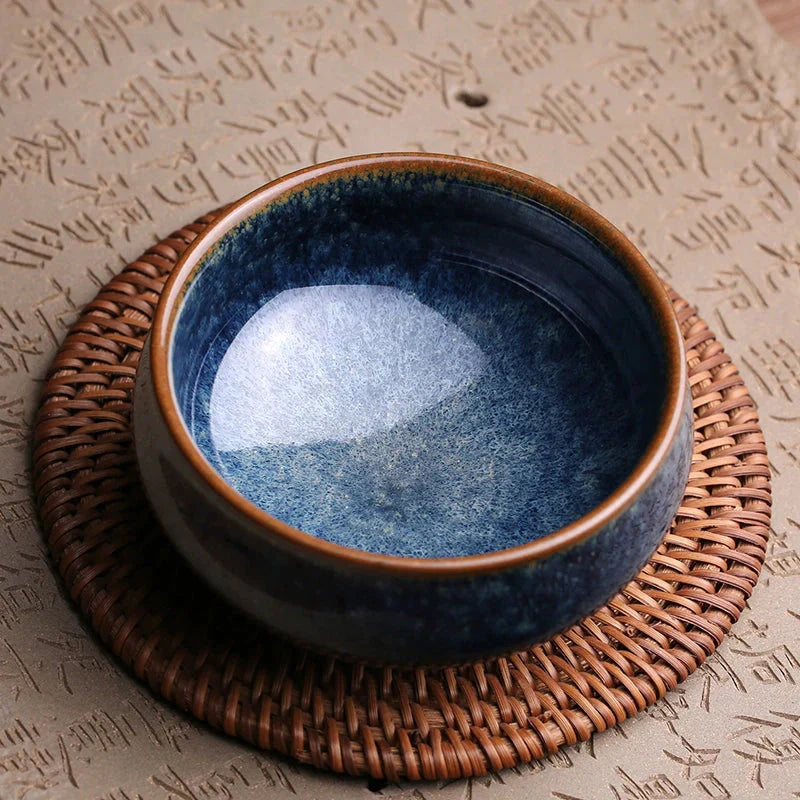
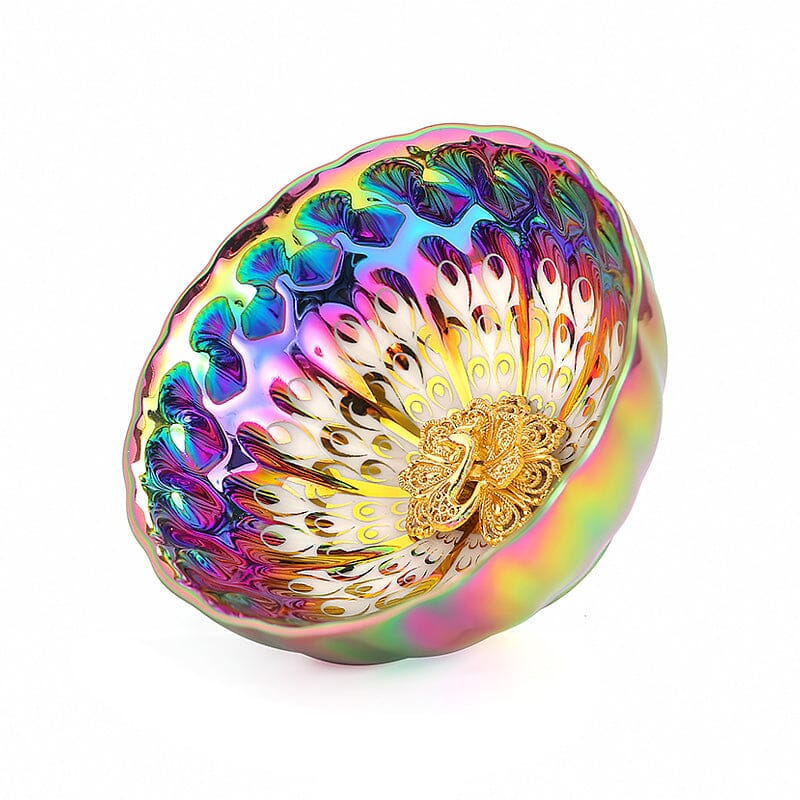
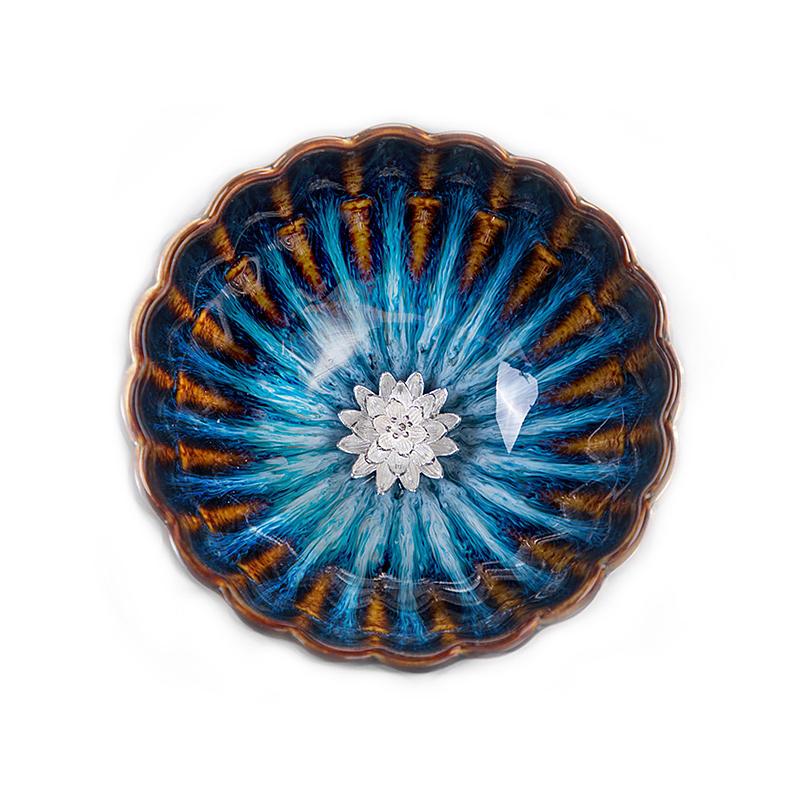
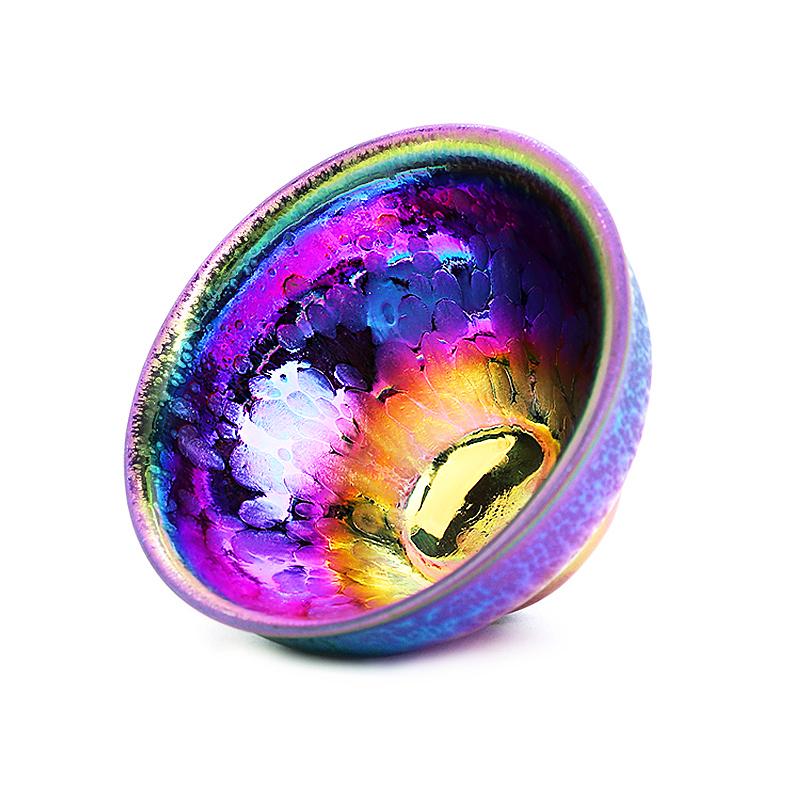
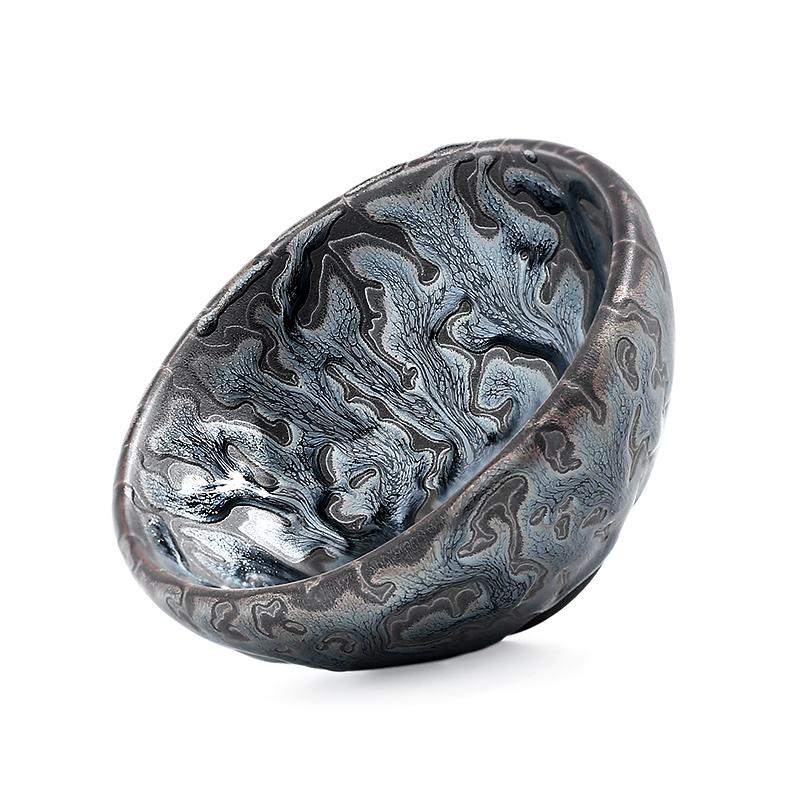
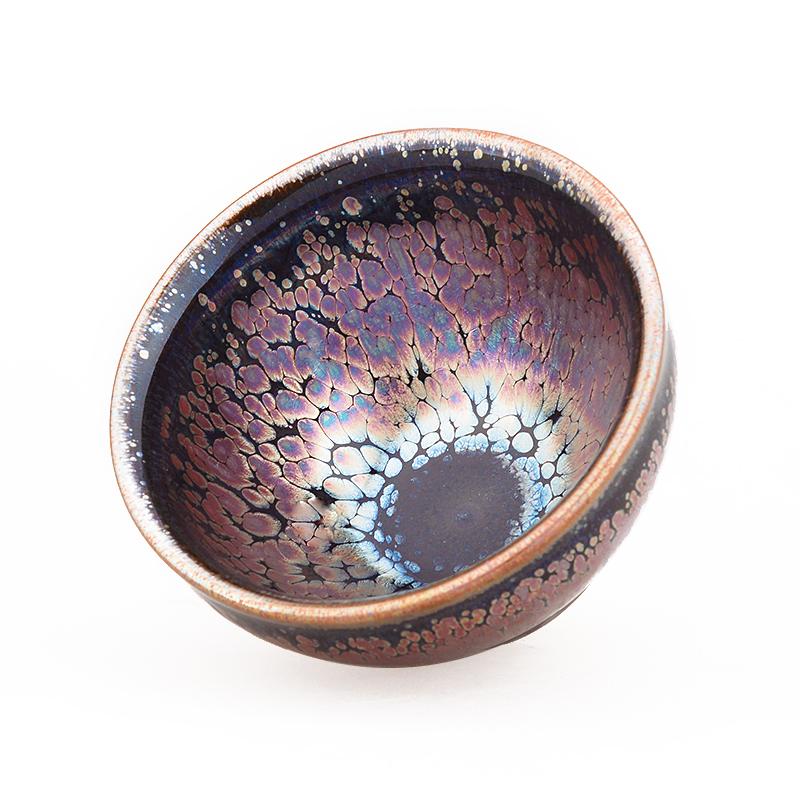
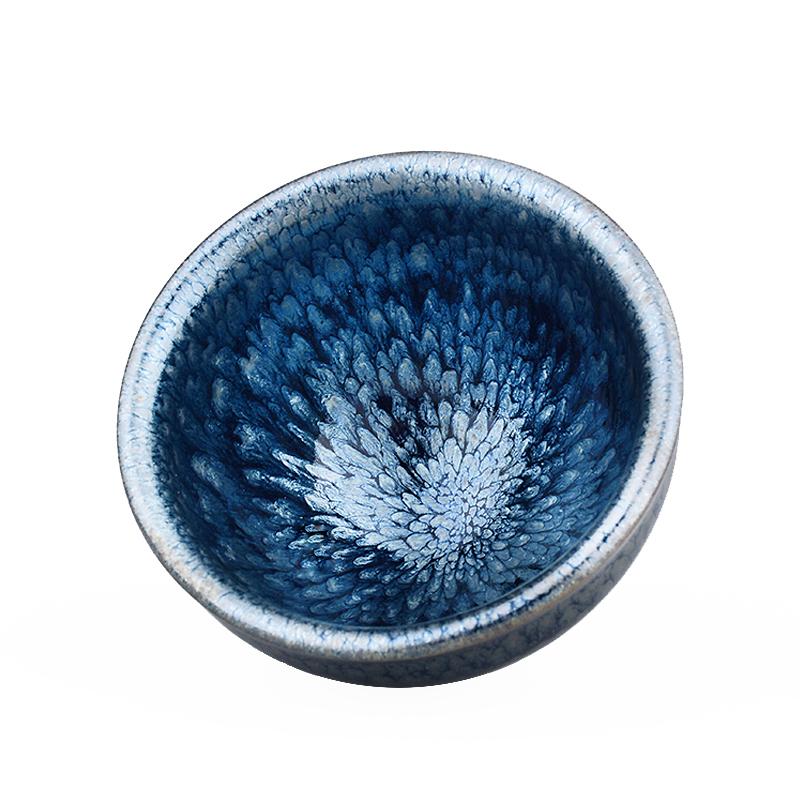
Share:
Chinese Ceramics: White, Celadon, Black, and Iconic "Tenmoku"
About wood-fired Tenmoku and its characteristics.